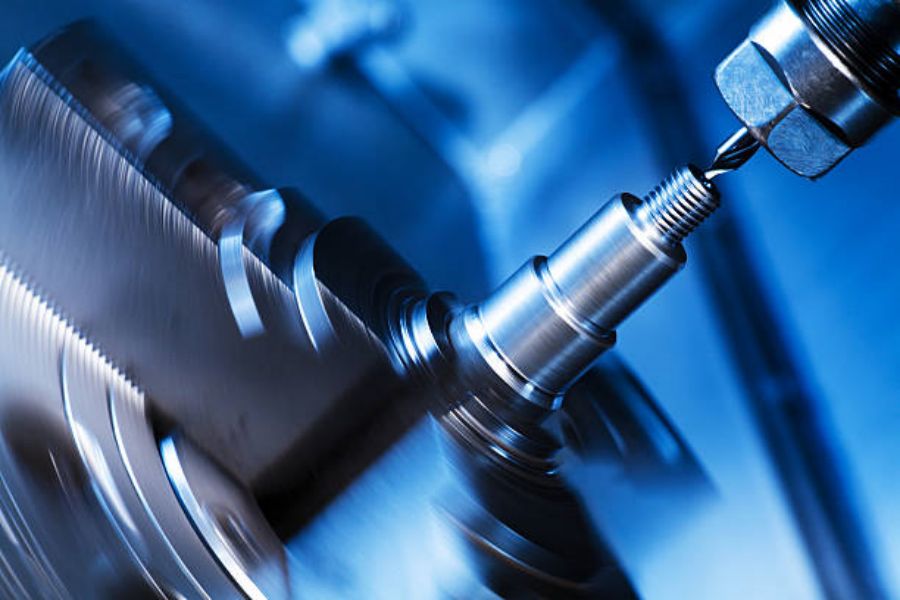The Importance of Buffing and Polishing Machine for a Flawless Finish
When it comes to achieving a flawless finish on various surfaces, whether it's metal, wood, or even your car's paint job, a buffing and polishing machine is an essential tool in your arsenal. This powerful machine is designed to remove imperfections, scratches, and swirl marks, leaving behind a smooth and shiny surface. In this comprehensive guide, we will explore the various aspects of a buffing and polishing machine, from its components and types to tips on how to use it effectively.
Understanding the Components of a Buffing and Polishing Machine
Before delving into the world of buffing and polishing machines, it's crucial to understand their key components. A typical buffing and polishing machine consists of the following:
1. Motor
The motor is the heart of the machine and provides the power necessary to rotate the buffing pad or polishing disc. The motor's power and speed determine the machine's overall performance.
2. Buffing Pad or Polishing Disc
The buffing pad or polishing disc is the part of the machine that comes into direct contact with the surface being polished. It is typically made of various materials, such as foam, wool, or microfiber, and comes in different shapes and sizes to cater to different polishing needs.
3. Variable Speed Control
A buffing and polishing machine with variable speed control allows you to adjust the machine's rotation speed according to the surface and type of polish being used. This feature provides flexibility and precision during the polishing process.
4. Handle and Grip
The handle and grip are essential for controlling and maneuvering the machine during operation. A comfortable and ergonomic handle ensures fatigue-free polishing sessions.
5. Safety Features
Modern buffing and polishing machines are equipped with safety features like overload protection, spindle lock, and emergency stop buttons to ensure user safety and prevent accidents.
Types of Buffing and Polishing Machines
Buffing and polishing machines come in various types, each designed for different applications and surfaces. Here are three common types:
1. Rotary Buffer
The rotary buffer is the most common type of buffing and polishing machine. It features a circular motion that creates heat and friction, making it suitable for heavy-duty applications and removing deep scratches and imperfections.
2. Dual Action Polisher
The dual action polisher, also known as an orbital polisher, combines both rotary and oscillating movements. This type of machine is ideal for beginners or those looking for a gentler approach to polishing. It is less likely to cause swirl marks or burn through paint.
3. Bench Grinder with Polishing Wheels
A bench grinder with polishing wheels is a versatile option that combines grinding and polishing capabilities. It is commonly used in metalworking applications and allows for precise control and polishing of small or intricate parts.
Tips for Effective Use of a Buffing and Polishing Machine
Now that you have a good understanding of the components and types of buffing and polishing machines, let's explore some tips to help you achieve the best results:
1. Choose the Right Pad or Disc
Using the correct pad or disc is crucial to achieve the desired finish. Foam pads are great for general polishing, wool pads are effective for heavy cutting and removing scratches, while microfiber pads are ideal for final finishing.
2. Use the Correct Speed Setting
Adjust the machine's speed setting according to the surface and the type of polish being used. Start with a lower speed for delicate surfaces and gradually increase it as needed. This prevents overheating or damaging the surface.
3. Apply Even Pressure
When buffing or polishing, apply even pressure across the surface to ensure a consistent finish. Avoid putting too much pressure, as it may lead to swirl marks or uneven polishing.
4. Work in Small Sections
Divide the surface into smaller sections and work on each section individually. This allows for better control and ensures thorough polishing without missing any spots.
5. Keep the Surface and Machine Clean
Regularly clean the surface being polished to remove any debris or contaminants that may interfere with the polishing process. Additionally, clean the buffing pad or polishing disc regularly to prevent buildup and maintain optimal performance.
6. Use the Right Polishing Compound
Choose a polishing compound that suits the surface material and desired level of polishing. There are various compounds available, ranging from heavy cutting compounds for deep scratches to fine finishing compounds for a high-gloss shine.
7. Practice Proper Technique
Mastering the proper technique takes time and practice. Start with a less visible area to get a feel for the machine and the polishing process before moving on to larger surfaces or more intricate details.
8. Protect Yourself
When using a buffing and polishing machine, always wear protective goggles, gloves, and a dust mask to shield yourself from flying debris and harmful particles.
9. Regular Maintenance
Perform regular maintenance on your buffing and polishing machine to keep it in optimal condition. This includes cleaning, lubricating moving parts, and inspecting for any signs of wear or damage.
10. Seek Professional Help if Needed
If you are unsure about using a buffing and polishing machine or dealing with a particularly delicate or valuable surface, it's always best to seek professional help. They have the expertise and experience to ensure the best results while minimizing the risk of damage.

